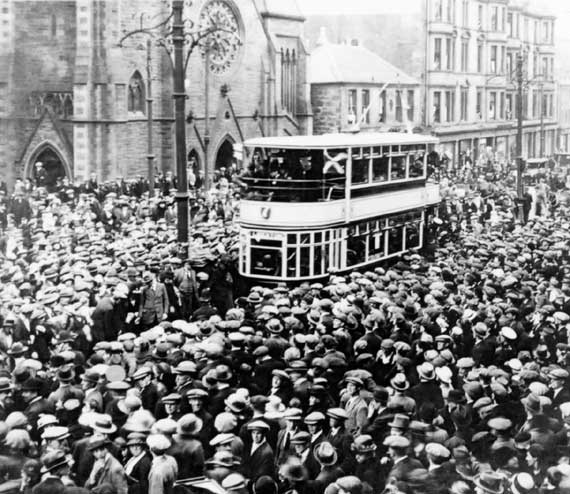Life on the Farm

(Sorry I've been AWOL for a week; the semester started so life's a bit busy!)
I had the good fortune to head down to the CSA (Harmony Valley farm in southwest Wisconsin) this past weekend. Like all trips "outstate", it starts by making me want to cast off my urban existence and live and work in the fields. Then, after a day or so, I find myself longing for the (admittedly cliche) Sunday New York Times, a lobster omelet, and a jazz trio at the cafe near Nye's. (Supposedly the neighborhood is called "Near Northeast", although I haven't really heard it enter into common usage).
As always, however, trips to the farm remind me of the complex and amazing nature of modern civilization's supply chains. Recall that urban centers are possible only because vast supply chains for delivering food and energy exist. For the vast part of human history, resource production was essentially local (or regional). Energy itself is remarkably difficult to transport. Until the discovery of electricity (and electrical transmission), the vast majority of energy was transmitted by water power. Energy, in fact, was more commonly distributed as fuel (potential energy, that is).
But I digress. The farm is quite an operation. It takes a heck of a lot of training in chemistry to understand what goes into running a successful organic farming operation. I myself do not have this training. I am very pleased, however, that others do and are willing to grow excellent food and sell it to city folk like me. If you have the opportunity, I highly recommend visiting any farm that you commonly buy from at the grocery store. It's really impressive to follow the supply chain backwards to the point of production.
We're used to buying consumer goods in individual quantities (except, I imagine, for Sam's Club shoppers!). We buy produce a few pounds at a time. We buy packs of gum. We buy individual cars. We buy a table and four chairs. We get used to thinking of produced goods in terms of individual units. But goods are generally not produced that way at all. Go visit the farm, and gaze upon hundreds (or thousands) or tomato plants. I assure you, there are vastly more tomatoes than you could ever imagine eating. While you're at it, pick a few and eat them off the vine directly, still warm from the sun. While refrigeration may have made it possible to ship asparagus overnight from Chile, nothing beats eating veggies direct.





